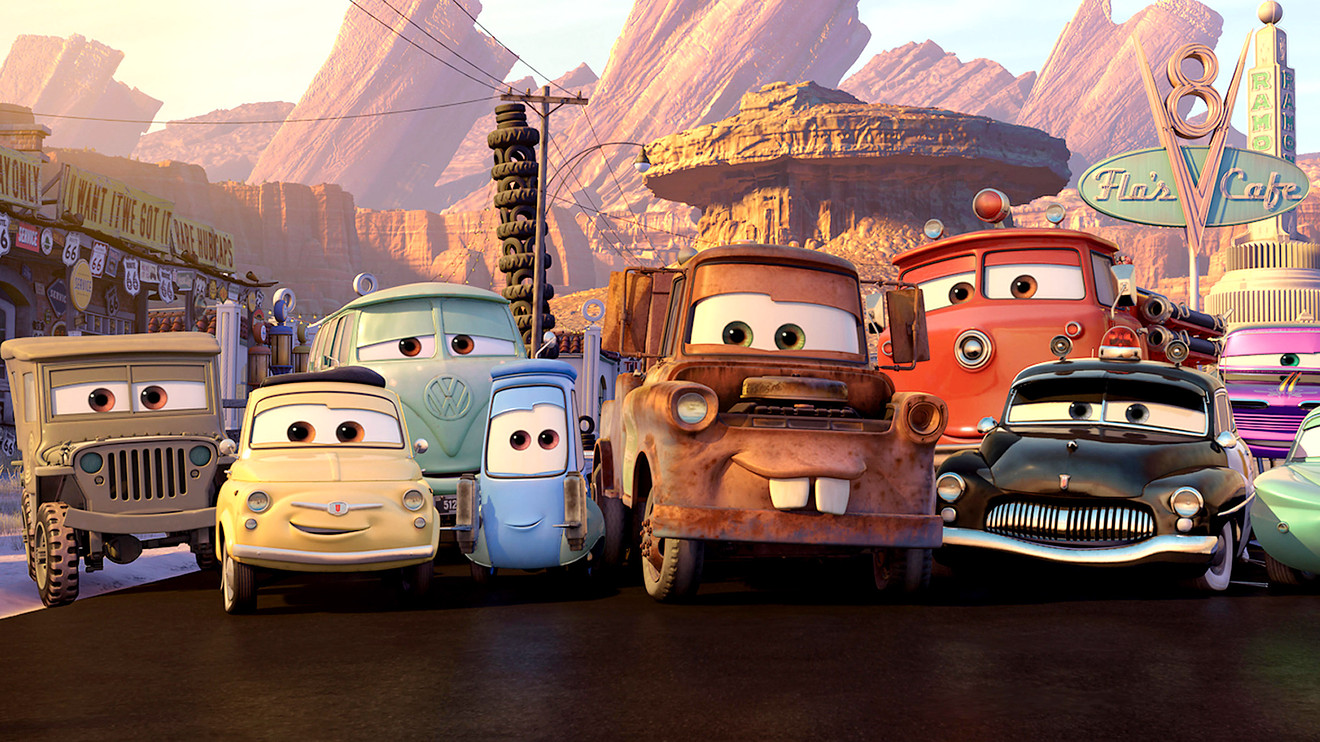
This article is reprinted by permission from NerdWallet.
Nothing excites a bargain hunter like the word “auction.” But when it comes to buying a used car at an auction, can you really get a good deal?
“The answer is yes with an asterisk — or maybe three — after it,” says Richard Reina, product training director at auto parts site CARiD.com.
“You can find some good deals, absolutely,” says Jeff Huang, remarketing sales supervisor at Westlake Financial Services, a national auto financing company based in Los Angeles. But, he adds, auctions are there to move cars that failed to sell elsewhere for one reason or another, and they’re attended by pros who know every trick in the book. You can’t test-drive the car, you get little time to inspect it and the bidding process is a whirlwind.
It really comes down to balancing your risk against your potential savings, says Reina. But if you are able to avoid common mistakes, he estimates you can save $3,000 to $4,000 when buying a used car.
What do to
Here are tips to the auction scene from these two insiders:
Choose the right auction. While online auctions, such as those on eBay Motors, sometimes turn up bargains, the real deals are at local brick-and-mortar auctions. The vehicles usually sell for trade-in prices. So, instead of paying a dealer $12,000 for a 2013 Ford Edge with 90,000 miles, you might snag one at an auction for $7,000, according to data on Kelley Blue Book.
Search for “open” or “public” auctions that don’t require a dealer’s license. Other specialty auctions sell limited types of vehicles such as police cars, pickups or cars driven by government workers.
Also on MarketWatch: The pros and cons of buying a certified used car
You can usually attend public auctions free, but if you plan to bid, you might have to pay a fee of about $40, Reina says. Most auctions accept cash or cashier’s checks and require an immediate deposit and full payment within 24 hours. Some auctions will take credit cards but charge as much as a 5% fee for this service, he says.
Watch before you bid. After you find a good local auction, go several times just to watch the action before trying to buy a car. Get comfortable with how quickly the vehicles move across the auction block, the platform where they are sold. Larger auctions may have multiple lanes of vehicles in constant motion. Take note of how other buyers bid and listen to the cadence of the auctioneer’s delivery.
Assess the risk. Check the auction’s website to find out what, if any, guarantee is included with the car. Many use a “stoplight” system, both online and at the auction itself:
- Green light: Vehicle has no known defects, and arbitration is available to deal with undiscovered mechanical issues.
- Yellow light: Vehicle has known issues not subject to arbitration.
- Red light: Vehicle sold as is. “If the engine blows up, you’re out of luck,” Huang says.
Inspect and verify. You can usually inspect the cars before the bidding, but most auctions won’t allow a test drive. All you can do is sit in the car, start it and possibly put it in gear. Online, most auctions provide a “condition grade” — a 1 to 5 scale with 5 being new and 3 being normal wear and tear — or a detailed list of imperfections and mechanical malfunctions. Even so, make sure you get a vehicle inspection report for any car you’re strongly interested in. However, Huang cautions that even these reports can miss vital information such as flood damage.
Also read: 5 gas-saving tips that actually work
Bring a friend. Preferably, bring a car-savvy friend or even a mechanic with you. But whoever is your wingman, tell them what you want to buy and how much you’re willing to spend. Their job is to keep you from getting overly excited.
Cast a wide net. Instead of falling in love with one car, “be open-minded,” says Reina. Review the “run list” online the day before to see what cars are for sale so you can target several that suit your needs.
Set a bidding range. Once you’ve identified several potential candidates, check the trade-in value of these cars on pricing guides such as Edmunds.com or Kelley Blue Book. “Cement this price in your head and don’t go above it,” says Reina.
What not to do
Just as important as what you should do are the dangerous traps to avoid:
Overbidding. In the heat of the moment, you could fall victim to “the red mist” syndrome where the excitement clouds your judgment, says Riena. Maybe the auctioneer is staring at you, waiting for you to bump up your offer. If you’re at your limit, turn your back to show you’re not interested.
Poor signaling. With cars in multiple lanes and the machine-gun banter of the auctioneer’s voice, it’s easy to miss the cream puff you were eyeing. Catch the auctioneer’s eye early in the process so he or she knows you’re going to be a bidder. Remember that you’ll have only seconds to make a decision whether to buy or let it go.
Also see: How to get a good deal on a car lease at the end of the year
Bidding against a shill. Huang says dealers will sometimes bid on their own cars to drive up the price. If a bidder is known by the auction team or seems like an insider, be extra careful to stick to your bidding limit.
Buying a lemon. Assuming the vehicle history report is clean, it’s still up to you to do what you can to look for mechanical defects or body damage. Go online to read automotive forums for mechanical problems with the cars you’re targeting. Create a checklist and thoroughly inspect the car.
More from NerdWallet:
Philip Reed is a writer at NerdWallet. Email: [email protected]. Twitter: @AutoReed.









